4 Reasons Why You Might Need a Dental Crown
Do you have a decaying tooth that is bothering you? Or perhaps your damaged tooth needs extra protection to extend its life?
Whatever the case may be, a dental crown could be the likely treatment.
Your dentist will recommend a dental crown if you have a severely cracked tooth that needs protection or to restore a damaged and cavity-infested tooth.
Other reasons why you might need a dental crown include; supporting large gum fillings, and cosmetic improvements.
Here is all you need to know about this versatile dental solution.
What is a Dental Crown?
A dental crown refers to an artificial tooth covering that protects and strengthens a natural tooth when needed.
At times, and more commonly due to consistently bad oral hygiene, a tooth gets so damaged that it is unable to support a dental filling on its own.
As a solution, once the cavity has been filled with one of the many dental fillings, your dentist would most likely recommend putting a supportive crown on it.
While the filling may support itself for some time, activities like biting and chewing may cause the filling to loosen and dislodge.
A dental crown is typically made with porcelain or with metal infused with porcelain.
Ceramic and dental lab constructed options are also available.
Dental crowns can also be made with metals such as gold, silver, or stainless steel.
Signs You Might Need a Dental Crown
While a dental crown solves multiple oral problems, some specific signs and symptoms indicate that this dental option is needed.
These signs include:
A Toothache
While a toothache can have numerous reasons behind it, the most common cause is the presence of a dental cavity.
In most cases, this results in a root canal.
Once root canal therapy has been completed, your dentist will fill the area with a dental filling and cap it off with a crown.
This crown will ensure that there is enough support, for both, the weakening tooth, and the breakable filling.
Bleeding Gums
Bleeding gums are a sign of bacteria around your teeth and can affect oral health in multiple ways.
Damage to the outer structure of the gum can occur when the bacteria infiltrate and affect the root system within the gums.
This will eventually call for dental intervention, surgery or similar procedures, to save your impacted teeth.
After removing the bacteria, and by taking the health of the gum into account, your dentist might opt to crown your teeth to protect from further damage.
Discolouration
Over time, our teeth may develop stains and discolouration, ruining an otherwise beautiful smile.
Multiple factors cause staining, and while some scenarios can be easily remedied, others may require more effort.
For conditions where the discolouration is permanent, a tooth cover, or, a dental crown can be a good solution to return you your smile.
If you have been experiencing any of these issues, there is a possibility that you are facing one of the following dental conditions, and might require a dental crown as a remedy.
Why Do I Need a Dental Crown?
The signs mentioned above may be a significant indication of one of the following conditions.
While there are multiple ways to treat these problems, a dental crown is the most commonly recommended, and useful, long-term solutions.
1. Weak/Cracked Tooth
Caused by an accident, or if you’ve chewed or bit down on something very hard, a weakened or cracked tooth can be very painful.
While the enamel (the outer layers of the tooth) is sturdy enough to withstand major blows, the likelihood of cracks forming in the enamel grows with age.
2 Types of Cracks
Some cracks are superficial and don’t go deep into the tooth. These are called crazy lines.
Crazy lines usually require no medical treatment as they just appear over the surface of the teeth.
As harmless as they are, crazy lines can make people very conscious of their smile.
Cosmetic complaints can be addressed with a crown over the damaged teeth.
Conversely, there is a possibility of the crack travelling past the outer surface of the tooth, exposing the sensitive areas within.
If that’s the case, you may experience pain and require multiple visits to your dentist.
Deeper Cracks
To treat deep cracks, your dentist may perform a mixed procedure by bonding the tooth first and then applying the dental cover over it. This ensures protection against further damage.
At times, cracked teeth may also develop sensitivities to changing temperatures.
For example, you may feel a painful sensation if you drink a hot or cold beverage.
Placing a crown over the affected tooth will protect it, immediately solving your sensitivity issues.
2. Restore a Chipped or Damaged Tooth
Chipped, broken or damaged teeth are usually caused by accidents or by a major blow to the mouth.
Certain dental conditions may also leave your teeth weak and prone to damage.
The tooth might be chipped from the bottom or corner, or damaged in a way that the tooth is visibly out of alignment with the rest of your teeth.
Chipped or broken teeth are not just a cosmetic concern.
Some chips or breaks may have an impact on the health of your tooth, particularly if the damaged area is exposing the nerve endings, or the Dentine (the inner layer of a tooth).
Such a scenario can lead to dental sensitivity and painful infections developing deep within the tooth.
Therefore, to give you a better smile, and ensure the health of the teeth, your dentist may recommend a dental crown.
3. Supporting Larger Fillings
Particularly true for molars and premolars, where tooth decay is common, the gums and teeth have a lot of room for food particles to settle in and cause the growth of harmful bacteria.
Tooth decay happens when small particles of food are deposited into the gaps, cracks, and other tiny spaces on and around our teeth.
Irregular and bad oral hygiene may allow these particles to rest in the empty pockets for too long, giving birth to bacteria that subsequently lead to rotting and decaying teeth.
As the damage begins to set into the tooth, over time the enamel and dentine are also affected, growing weaker.
This decaying process creates large, holes in our teeth and that can travel to, and infect, the root system.
A major indication of this condition is an acute and persistent toothache as well as visual confirmation.
As a remedy, your dentist will start by performing a root canal procedure. Here, the infected pulp is removed from the teeth and easing a lot of the patient’s pain.
However, the pain may come back if the damaged tooth is left exposed.
Therefore, once the root canal is done, your dentist will fill the cavity with a strong dental filling, finally covering it with a dental crown.
This way, the repaired tooth is not only protected from further infection but coupled with a good dental regimen will also greatly reduce the chances of needing another root canal procedure.
The dental crown will also ensure that the filling inside stays intact for a few years.
4. Cosmetic Improvements
Age, dietary habits, or even certain medical conditions, may cause teeth to start showing stains and discolouration.
These spots, ranging in colour from light yellow to a dark brown, can be identified by the fact that they just won’t go away
There is two discolouration stain types, extrinsic and intrinsic.
In extrinsic discolouration occurs when the outer layer of the tooth (enamel) shows signs of discolouration.
These stains are primarily the result of diet and habits. For instance, smokers can develop brown, and at times, even darker, stains on their teeth.
The same is true for people who consume a lot of coffee and sugary drinks.
Since these stains are on the outer layer, they are a relatively easy issue to tackle.
In contrast, intrinsic discolouration takes place on the inside of a tooth (dentine).
In terms of causes, this may be due to excessive fluoride exposure, especially true among younger children.
Alternatively, it can be a congenital disability caused by the use of tetracycline antibiotics by a pregnant mother.
Since it’s the dentine that is affected in this condition, the stains are of a more permanent nature.
In many cases, discolouration of the teeth is caused by the existence of both intrinsic as well as extrinsic discolouration, conditions that are more likely to develop as people age.
In this situation, it may not be possible to clean and restore the teeth back to their original state.
Having a crown fitted on top of the stained tooth is a great way to get your gleaming smile back.
What Happens if I Don’t Get a Dental Crown?
If your dentist has recommended a dental crown, you should seriously consider beginning your treatment as soon as possible.
Avoiding dental procedures can make your problem more severe over time.
Untreated damage to the teeth and gums can cause severe infections and abscesses to develop.
For instance, a chipped tooth with exposed dentine will make it easier for all the bacteria to accumulate and attack your tooth’s sensitive internal areas.
If your cavity isn’t tended to properly, the damage can worsen. This results in a need for more complex, and expensive procedures.
Even a treated cavity may lose its filling if a recommended dental crown is refused.
Conclusion
These 4 issues vary in nature and severity, but in most cases, a dental crown is the preferred solution because of its versatility, not only restoring damaged teeth, but also protecting them against further damage.
A solution to a variety of dental concerns, a crown is a dental treatment that can not only enhance the beauty of your teeth but also save you from a lot of money and pain in the future.
Therefore, if you are experiencing any of the symptoms above, consult your dentist.
Chances are a crown may be an option for you.
By Dr. V
Created at December 12, 2018, Updated at January 25, 2025
Sorry, the comment form is closed at this time.



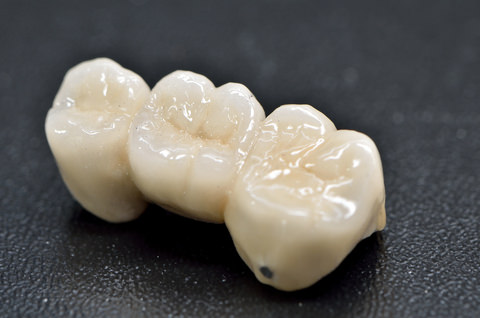
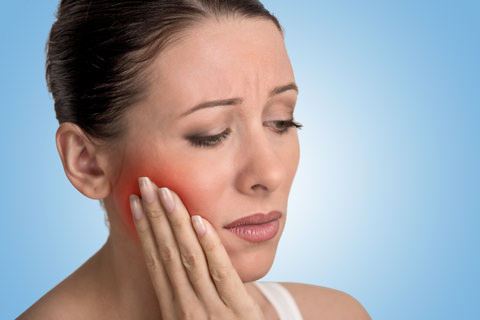
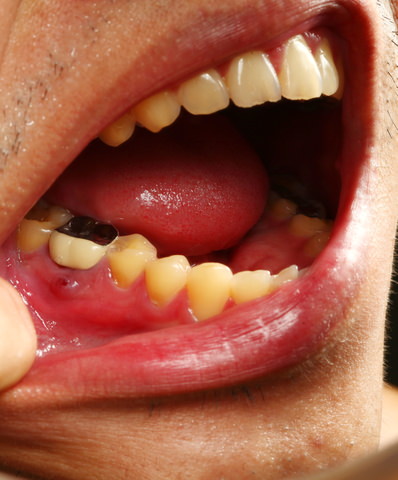
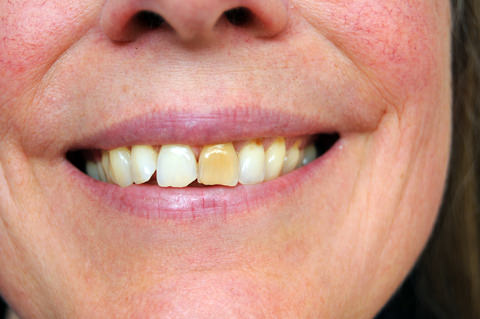
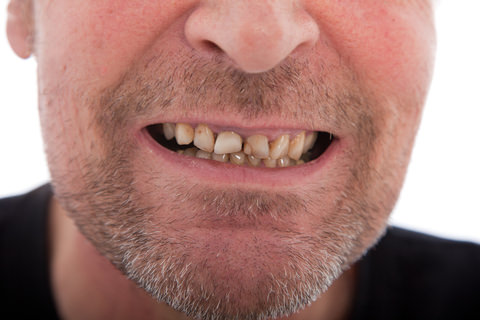
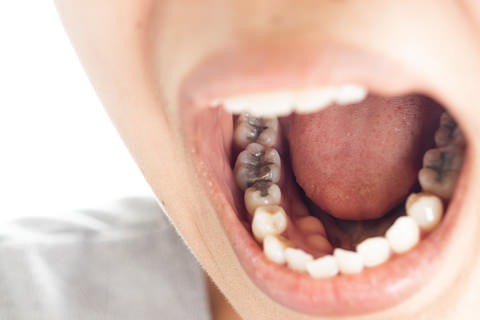

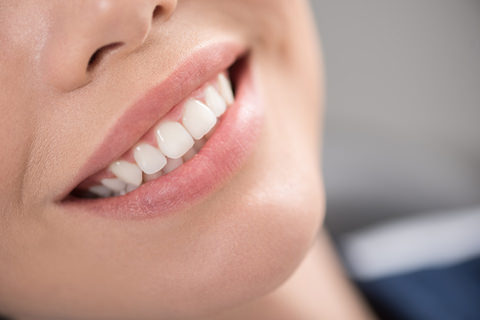
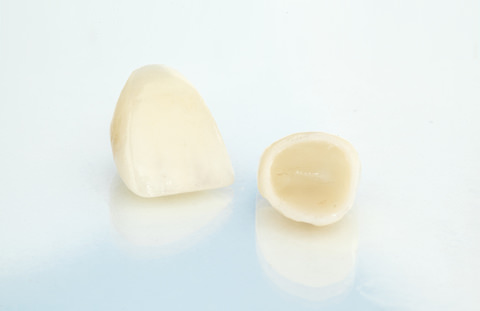
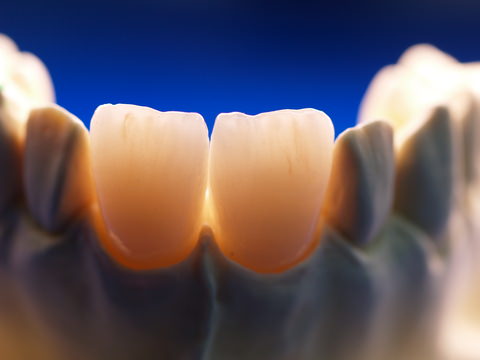
Myraa Daviss3 years ago
Thank you so much for such an Informative blog!